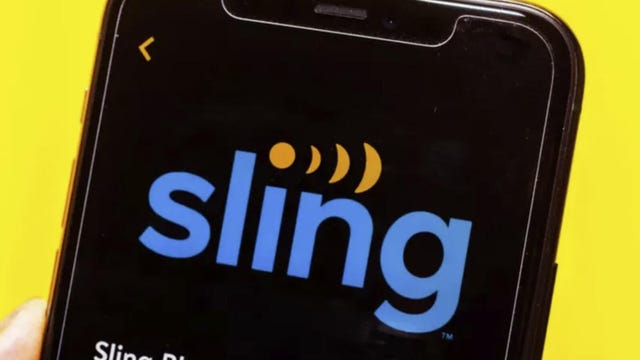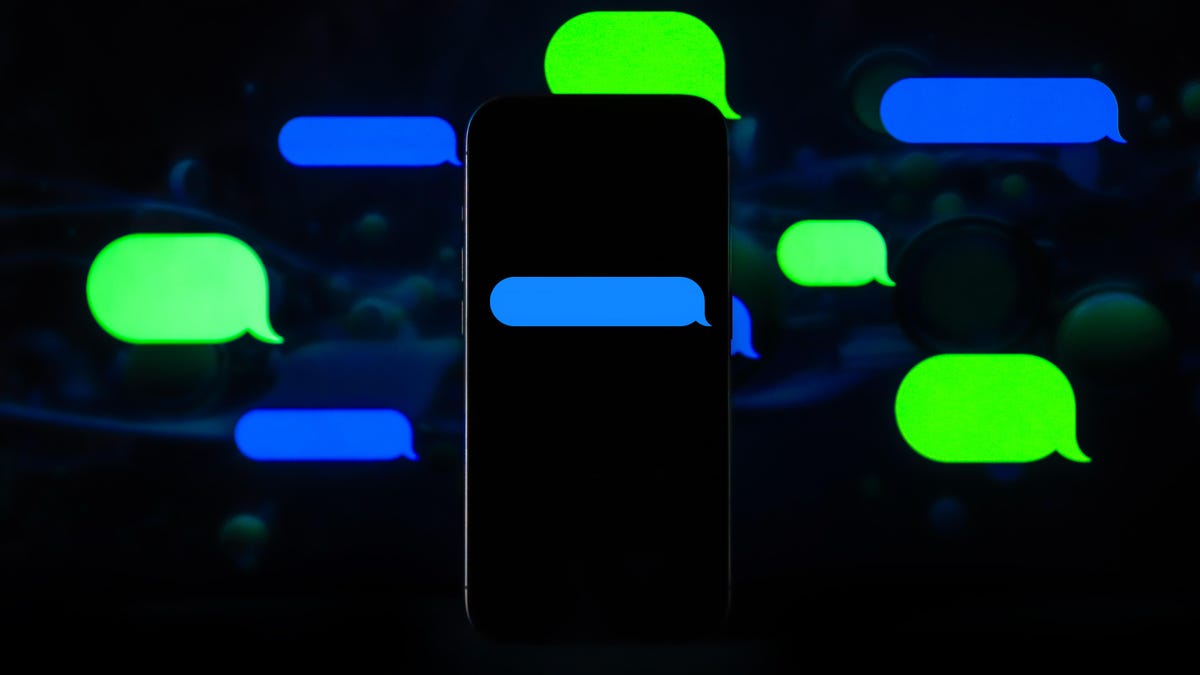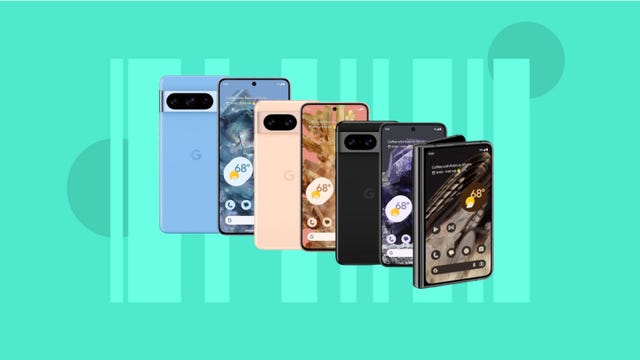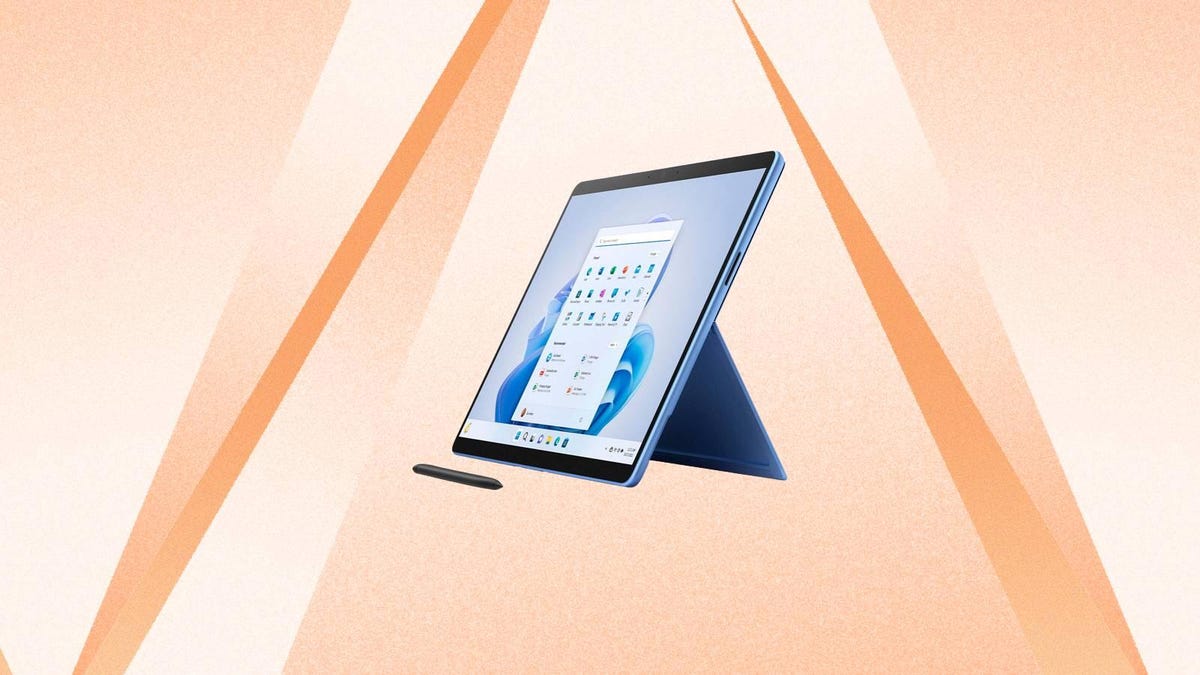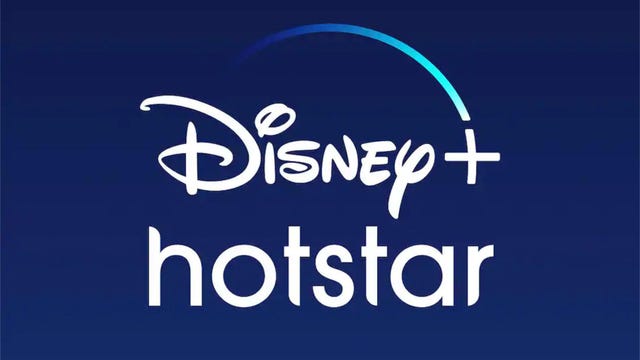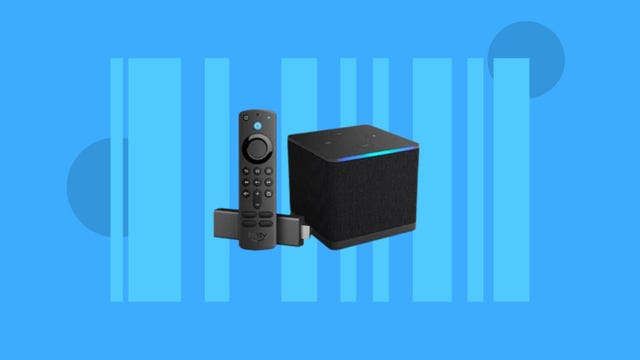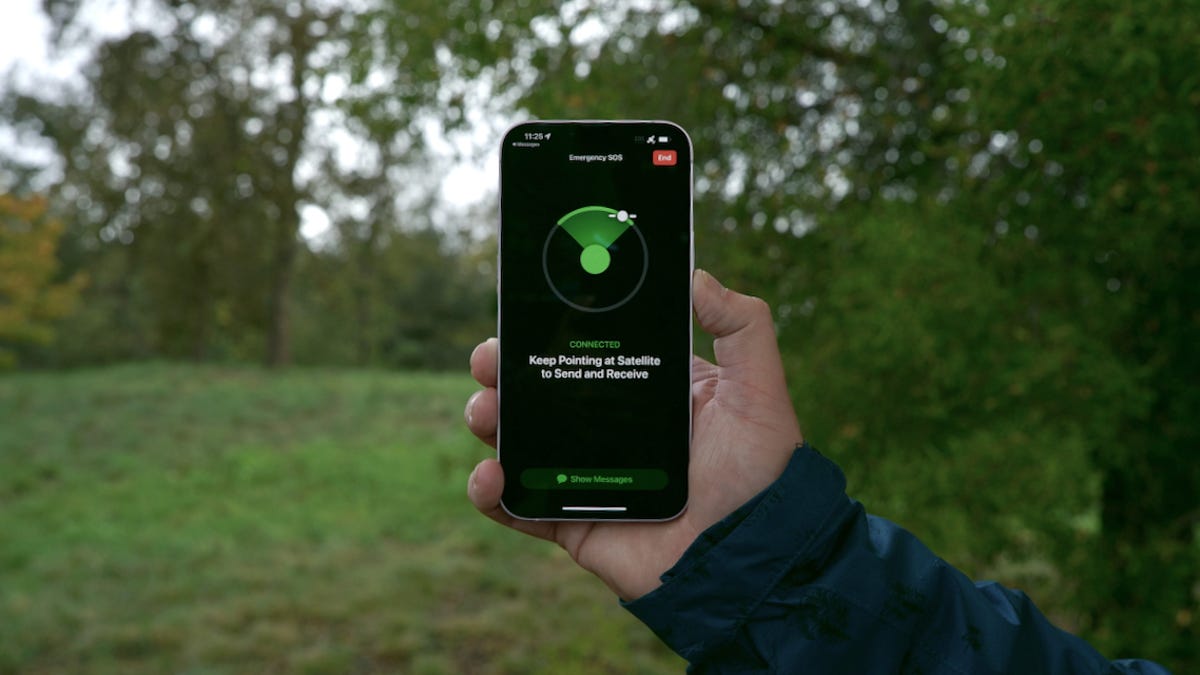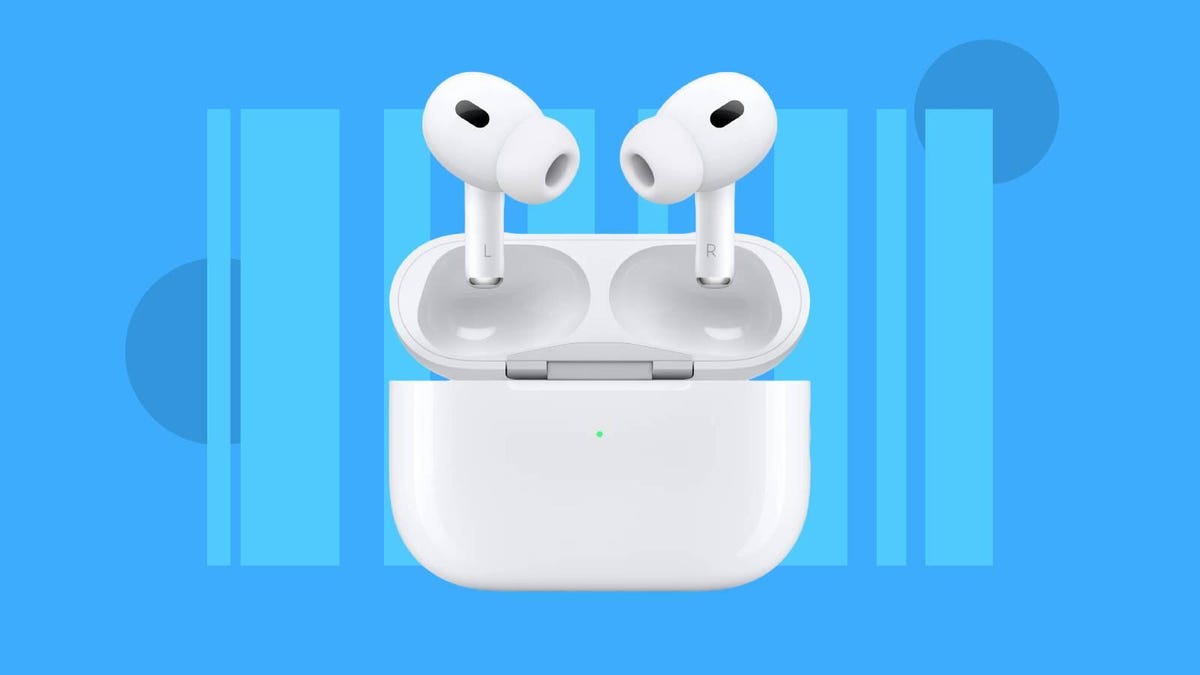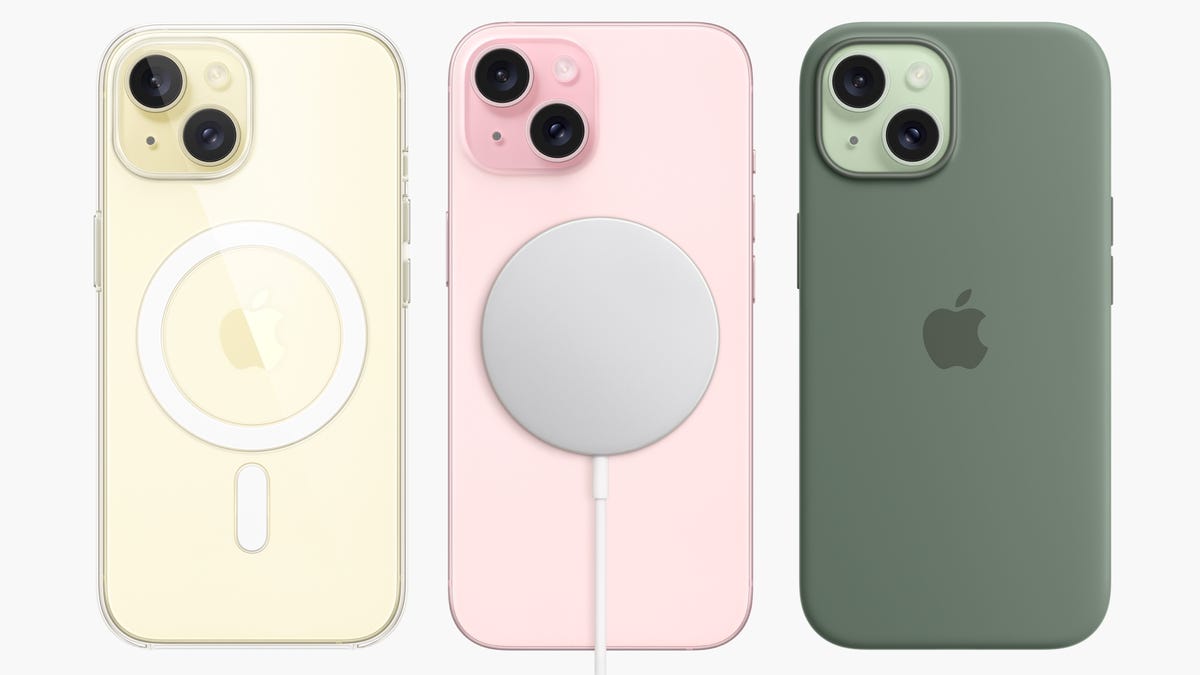We’ve got a great matchup tonight for Thursday Night Football. It’s always a slugfest when two AFC North teams meet, and it should be even more so in Baltimore tonight, because the Ravens and Bengals are each coming off a loss and desperate for a win. The Ravens lead the division at 7-3, and the Bengals are in last at 5-4.
Last week’s loss snapped a four-game winning streak for the Bengals during which quarterback Joe Burrow regained his form after a slow start to the season. For the Ravens, Lamar Jackson is playing at MVP level, but will be without starting left tackle Ronnie Stanley against the Bengals.
Kickoff for the Bengals-Ravens game on Thursday Night Football is set for 8:15 p.m. ET (5:15 p.m. PT) tonight with the game streaming nationally on Prime Video and for free on Twitch.

Keep reading to see your options for watching Thursday Night Football on Prime Video, Twitch, NFL Plus and — if you live in the home markets of the Bengals or Ravens — a local network channel.
With YouTube and YouTube TV now the exclusive home of NFL Sunday Ticket, along with games also streaming on Paramount Plus, Peacock and ESPN Plus, there’s lots for NFL fans to keep track of this season. Check out our picks for the best live TV streaming services for NFL fans in 2023.
TNF streaming: Prime Video, Twitch and NFL Plus
Thursday Night Football games are streamed nationally on Amazon Prime Video, giving NFL fans more incentive than free two-day shipping to sign up for an Amazon Prime account, which costs $15 a month or $139 a year. You can also subscribe only to Prime Video for $9 a month.
Fans in the local market of each team playing on Thursday night will be able to watch on an over-the-air station, while those who don’t pay for either of Amazon’s services can watch for free on Prime Video’s Twitch channel. (Twitch is also owned by Amazon.)
If you subscribe to NFL Plus, the league’s $7-per-month streaming service (or $15 a month with Red Zone included), you can also stream the game without subscribing to Prime or Prime Video. Note that NFL Plus viewing is limited to watching on just a phone or tablet, not on a computer or TV.
Can I watch Thursday Night Football on local TV?
Yes, you can, if you live in the local market of either of the teams playing on Thursday. For this week, that’s WCPO ABC 9 in Cincinnati and WMAR ABC 2 in Baltimore. There are two ways to watch local channels on your TV. The first is with a live TV streaming service. And the second is with an over-the-air antenna, if you live in an area that has good reception.
You can watch local networks with a live TV streaming service, but not every service carries every local network, so check each one using the links below to make sure it carries the channel needed for the game in your particular area.
All the live TV streaming services above offer free trials, allow you to cancel anytime and require a solid internet connection. Looking for more information? Check out our live TV streaming services guide.
